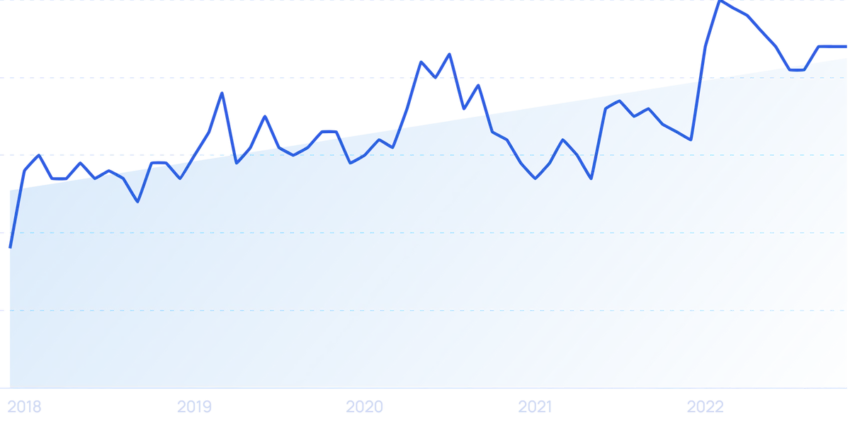TL;DR Summary of Proven Methods to Identify and Monitor Industry Trends
Optimixed’s Overview: Essential Strategies to Stay Ahead with Industry Trends
Introduction to Effective Trend Monitoring
Staying ahead in any industry demands a strategic approach to identifying and monitoring trends. Relying solely on reading publications or social media can be time-consuming and inefficient. Instead, leveraging specialized tools and methods ensures you capture critical emerging trends that influence market dynamics and business growth.
1. Harnessing Trend Discovery Tools for Early Insights
- Exploding Topics is a prime example of a tool that uses AI and machine learning to scan billions of data points across platforms like Google Search, Amazon, Reddit, and YouTube, enabling the discovery of emerging trends with long-term growth potential.
- Human analysts then vet these trends for business relevance, filtering out fads and pop culture noise.
- The platform offers detailed data views, filtering options, and project tracking to monitor trends continuously.
2. Leveraging Competitor Website Data
Analyzing competitors’ web traffic with tools such as Semrush’s Traffic & Market Toolkit reveals market structure, key players, and growth patterns. Monitoring traffic fluctuations can uncover new content strategies or marketing tactics driving success, enabling you to capitalize on hidden industry trends.
3. Tracking Startup Growth for Market Validation
Emerging brands often reflect validated market demand. Using features like Trending Startups within Exploding Topics or Google Trends helps identify rapidly growing companies by evaluating their search volume and funding data, providing insight into promising industry directions.
4. Following Influencers and Social Listening
- Industry influencers frequently highlight emerging trends early due to their networks and incentives.
- Tools like SparkToro and BuzzSumo help identify key creators to follow or monitor.
- Social listening platforms (e.g., Awario, Brand24) enable tracking of specific keywords and hashtags to capture real-time discussions.
5. Monitoring Competitor Movements and Market Activity
Keeping an eye on competitors’ investments, executive hires, and product launches signals where the industry is heading. Setting up Google Alerts or using competitive intelligence tools such as Kompyte or Alpha Sense provides automated insights into these developments.
6. Engaging with Customer Conversations
Customers’ online discussions and reviews offer valuable perspectives on pain points and emerging needs. Participating in forums, social groups, and Slack channels allows you to capture grassroots trends informed by actual user behavior.
7. Utilizing Market and Trend Reports
Formal market research reports deliver quantitative data and forecasts, while niche trend reports provide qualitative insights. Using AI tools to extract key points from these documents can streamline trend monitoring efforts.
8. Observing Investment Trends
Investor funding patterns indicate which sectors and technologies are gaining momentum. Tools like Pitchbook, CB Insights, and Crunchbase provide detailed funding information that can guide your trend awareness.
9. Building Relationships via Conferences and Industry Events
Attending events fosters connections with thought leaders and influencers who often have firsthand knowledge of emerging trends. Engaging proactively before, during, and after events maximizes the value of these interactions for long-term trend intelligence.
Conclusion
Combining advanced tools with human insights and relationship-building forms a comprehensive approach to monitoring industry trends. Utilizing platforms like Exploding Topics streamlines the process, helping businesses stay informed and competitive in rapidly evolving markets.
